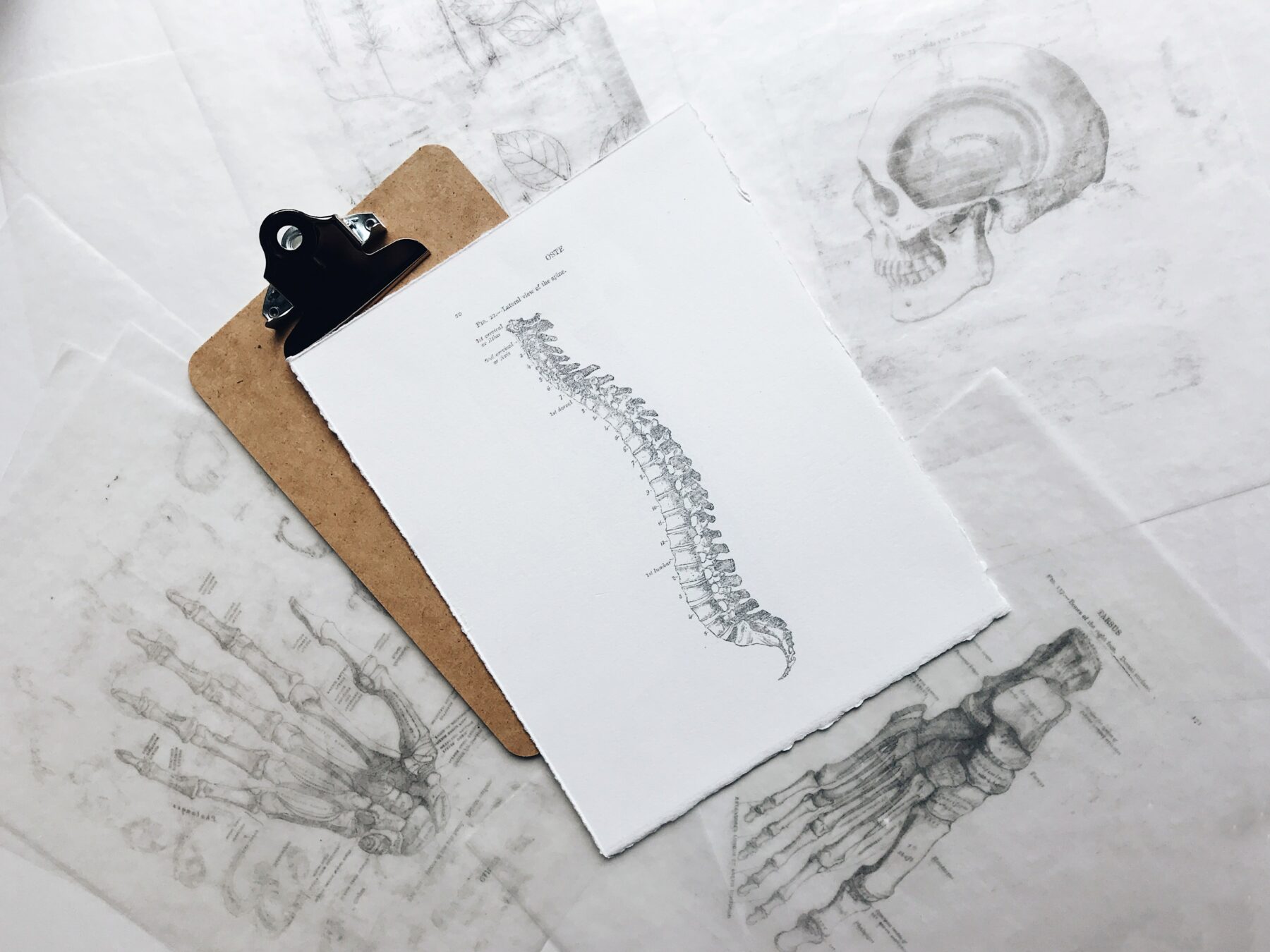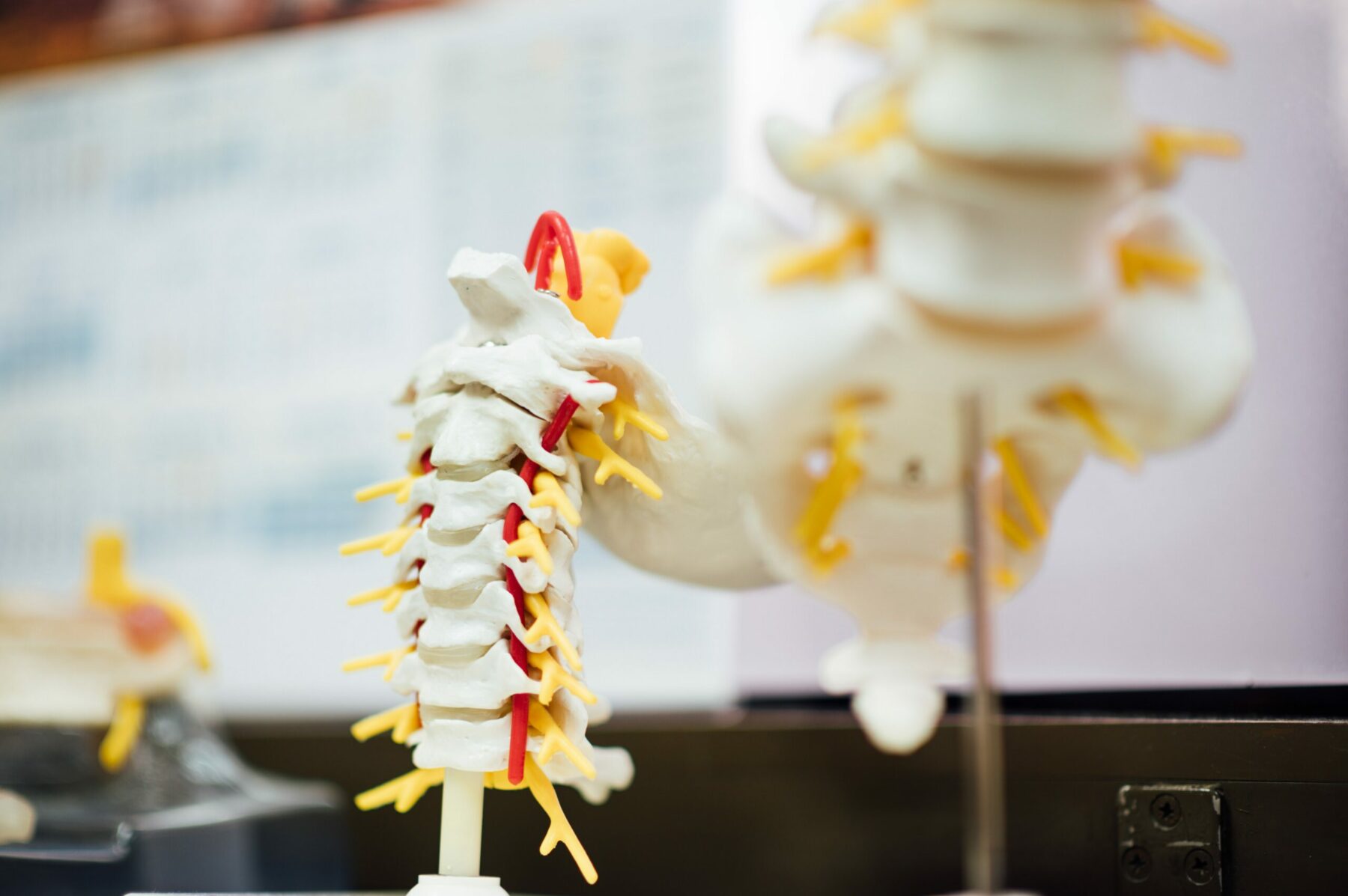Do Posture-Correcting Devices Really Work?

A friend reached out recently and asked me, “Do those posture correction devices work?” Unfortunately, as a physical therapist, my answers tend to land in a gray area… like, “It depends.”
As a health professional, I have to balance an evidence-based approach with clinical experience. If someone is interested in correcting their posture, then I assume they’re in pain. We’ve all experienced pain, and it’s a fairly simple concept, but the science of pain is extremely complicated and multifactorial. So before answering my friend’s question, I needed to consider several things:
- What is posture?
- What is “bad posture”?
- Does “bad posture” cause pain?
- What has provided pain relief to clients in the past?
So, before we can come to a conclusion on whether or not postural correction devices work, we should discuss if posture even matters, in regard to pain.
What is posture?
Posture is more than a static position; it’s dynamic. Your posture is a reflection of how your muscles, reflexes and habits react to forces that challenge your ability to stay upright. It’s constantly changing and affected by external (gravity and/or work environment) and internal factors (mood).
What is “bad posture” and does it cause pain?
Before we can define “bad posture,” we have to know what “good posture” is. Many would argue that good posture is all about alignment. This involves placing your body in a biomechanically advantageous position that places the least amount of force on your spine and optimizes muscular and ligamentous stress. The only problem is there is little evidence to back up this assumption.
Good posture is as variable as body types. It’s highly situational and dependent on day-to-day postural stresses or positions that challenge your ability to stay upright. The human body is tremendously adaptable and robust which means a position that may be provocative for one person may be painless for another.
Some of my patients with the most severe back pain were people in their late 30s and 40s who didn’t have any significant postural deficits. I’ve also worked with patients with severe scoliosis and they only had mild stiffness and little discomfort. I can’t say posture is irrelevant, but I can say there isn’t a direct one-to-one relationship between posture and pain. Even ballerinas (who always have perfect posture) get back pain like the rest of us!
What has provided pain relief in the past?
Movement: On average, people are inactive for 6 to 8 hours per day, up one hour from 2008. Sedentary lifestyles can have a huge impact on overall physical and emotional health. Incorporating exercises, in most cases, will provide an analgesic effect.
Behavior Modification: Helping people identify provocative positions or activities can help reduce pain. This may be addressing ergonomics or scheduling daily breaks to stand up and move around.
Novel Stimuli: Introducing the nervous system to new sensations via IASTM (instrument-assisted soft tissue mobilization), taping, electric stimulation or manual therapy will sometimes provide a window of temporary pain relief. These are strategies to downregulate the nervous system to decrease pain (shift the nervous system from sympathetic, fight or flight, to parasympathetic, rest and digest).
Postural Correction Devices
Now, let’s discuss these devices. They vary from basic over-the-shoulder strap systems that can be purchased at your local pharmacy to smart devices that link to your phone via Bluetooth.
Pros
- For some people, their default posture may include the characteristic forward head with rounded shoulders. They may not know what it feels like to “retract their scapulas” and therefore need cues. These devices can provide that tactile cue.
- They’re cheap and ubiquitous. You can find posture straps at your local pharmacy or order more expensive versions online at Amazon.
- A new position may provide short-term symptom relief.
Cons
- The initial cues provided are short-lived. The devices that are not rigid will allow you to slowly return to your default position.
- Rigid devices do the work that your muscles should be doing. What is your postural goal? If you want to improve functional capacity, then you need to induce tissue adaptation and a rigid device that keeps you in a hold position won’t do that.
- These tools are a temporary fix that should be used in concert with exercise.
There you have it, a perfectly gray “it depends” kind of answer. Posture does have a role in your well-being, but it may not be as big of a factor as you think. Instead of stressing over whether or not you’re “standing up straight” enough, think of ways to incorporate more activity into your lifestyle.
About the Author

Mark Denesha, PT, DPT is a Doctor of Physical Therapy and owner of Forever Forward Physical Therapy — Austin’s first, and only, fully equipped mobile PT clinic. FF PT services include manual therapy, strength training and injury recovery, when and where you need it. Mark’s collegiate sports and military background, combined with his curiosity for movement, have influenced his treatment style that prioritizes strength and function.







